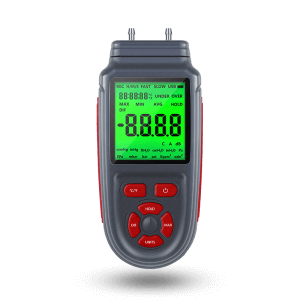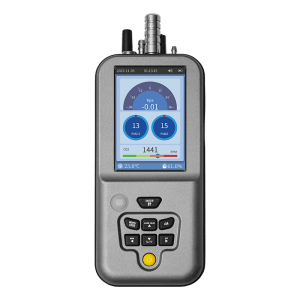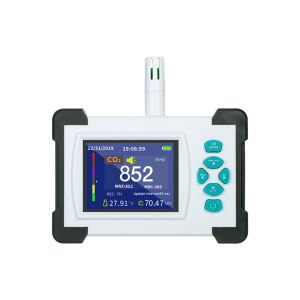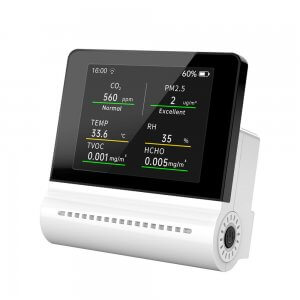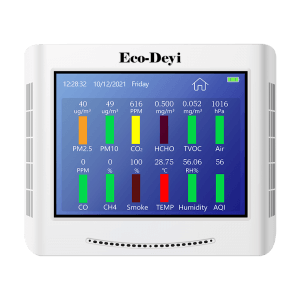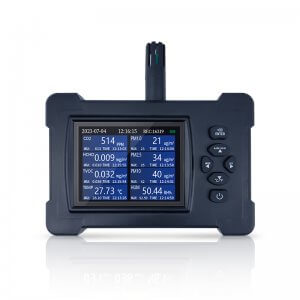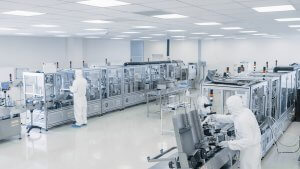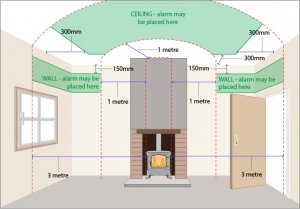Carbon Dioxide (CO2) is often used to create popular beverages. The leak which occurred at Greene King Brewery in Bury St Edmunds (UK) is a reminder of the importance of efficient gas detection. Twenty workers had to be rescued by emergency services and local residents were evacuated. What is carbon dioxide, why is it dangerous, and why should we monitor it closely?

Property of Carbon Dioxide (CO2)
Carbon dioxide is found naturally in our atmosphere at very low concentrations, and we create it when we exhale. The concentration of CO2 in the air is approximately 0.03% to 0.06% by volume. It is an odorless, colorless, non-flammable, and non-irritating gas, heavier than air. It accumulates on the ground. Plants cannot develop without CO2 which allows photosynthesis. For example, all farmers know that concentrating CO2 in a greenhouse (three times more than in the ambient air) considerably increases yields.
if CO2 escapes, it will tend to sink into the ground, where it can form invisible, deadly gas. CO2 builds up in basements, as well as the base of containers and confined spaces like tanks and silos. That is why it poses a risk all throughout the process of making beverages to packaging and bottles, and also into bars and food service venues that serve drinks.
Why CO2 is dangerous?
Carbon dioxide is non-combustible (non-flammable) and non-explosive. It is a gas present in the air that we breathe every day and harmless at low concentrations, but exposure to high levels of CO2 can have deadly consequences, such as loss of consciousness, and asphyxiation, by reducing the level of oxygen in the air. A concentration of CO2 of just 0.5% of the volume may be dangerous for your health.
Concentrations higher than 10% by volume can be deadly fairly rapidly. Because CO2 is entirely odorless and colorless, the danger may be undetected until it is too late. A room with ventilation is necessary to limit a possible risk. This is why human presence gradually increases the CO2 concentration in enclosed spaces. The following shows the CO2 threshold in the air.
- From 250 to 400 ppm: normal concentration in outdoor ambient air.
- From 400 to 1000 ppm: common concentration in closed indoor spaces with good air renewal.
- From 1000 to 2000 ppm: concentration that contributes to poor air quality and causes a feeling of numbness.
- From 2000 to 5000 ppm: the air becomes stale and causes headaches, drowsiness, difficulty concentrating, loss of attention, increased heart rate, and mild nausea.
- 5000 ppm: Occupational Exposure Limit Value (VLEP) established in France by the INRS (National Institute for Scientific Research) for an 8-hour working day.
- Above 40,000 ppm: Exposure to these high concentrations causes a severe lack of oxygen which can lead to permanent brain damage, coma, and even death.
Why monitor CO2?
Some people still think detecting CO2 levels will protect you from CO2 toxic effects. But this is wrong, and here’s why.
At almost 80% of the volume, nitrogen (N2) makes up most normal air. Therefore, it is mostly N2 that is displaced in the CO2 spill.
The CO2 increase is not accompanied by a similar reduction of O2 concentration. Carbon dioxide can rise above the safe levels, but the level of O2 can stay relatively constant, so it is considered safe. An added hazard in this situation is that, at higher CO2 concentrations, some oxygen sensors will produce a slight increase signal, that is, falsely higher readings.
Many countries set legal exposure limits in the workplace to protect against the effects of toxic gas. These are usually defined as a time-weighted average. To prove compliance, the levels of CO2 to which each worker is exposed must be tracked using personal CO2 monitors. This measure should be supported by fixed detectors in hazardous production environments. This is the best way to guarantee the safety of workers and the community in general.

